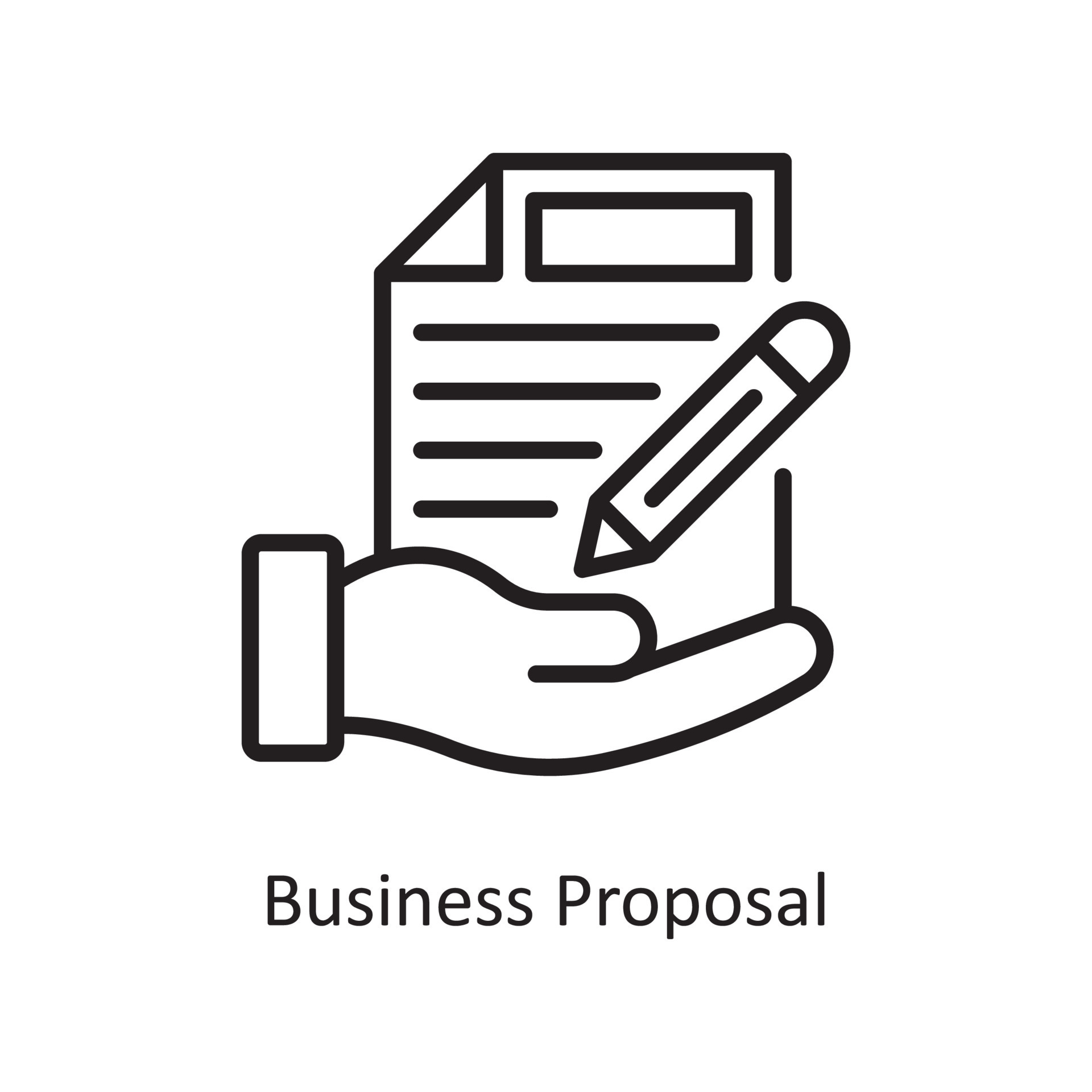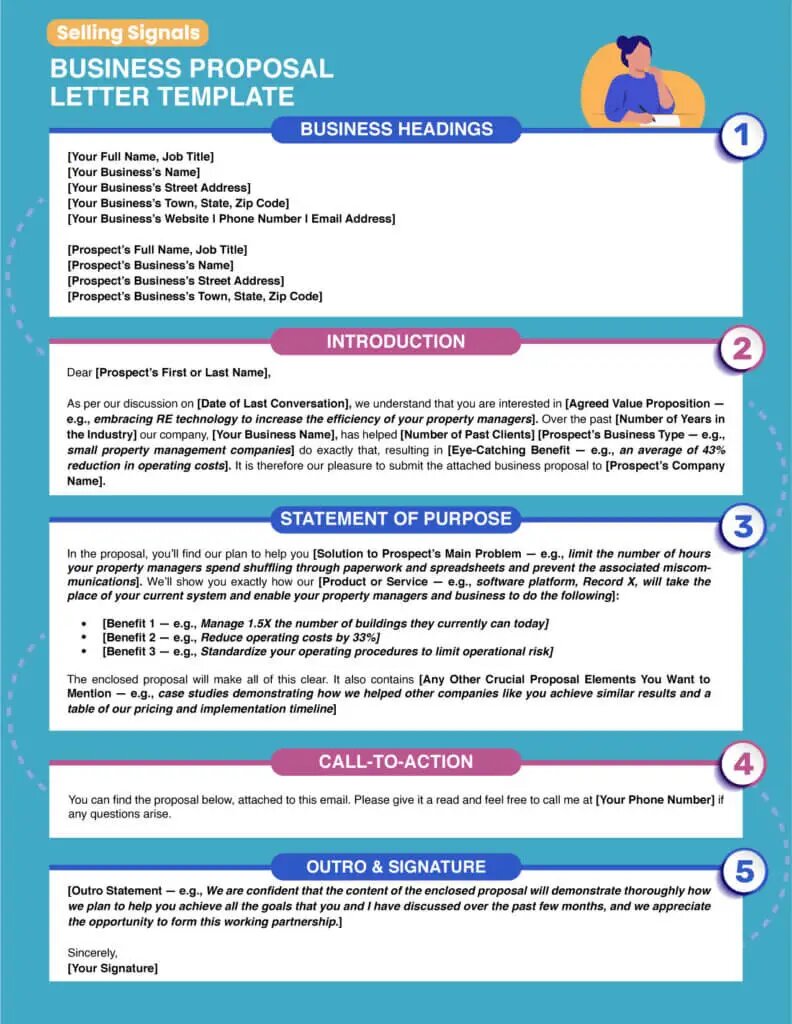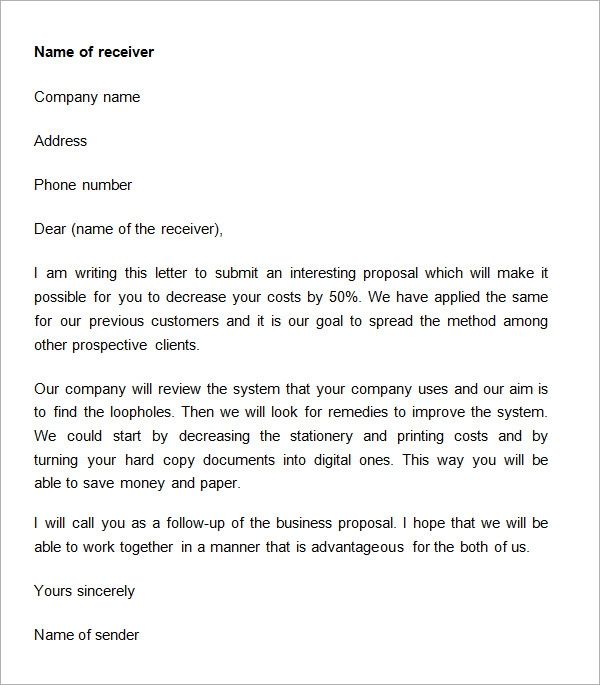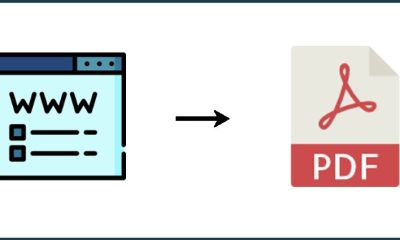Career Tips
How To Write A Business Proposal Letter With Templates

How To Write a Business Proposal Letter (With Template)
A business proposal letter is an important document for creating a partnership between your company and potential clients and investors. The letter allows you to promote your services to potential consumers and detail how your organization can assist them solve their business problems. Understanding how to create professional business proposal letters is an essential skill for your work. In this post, we’ll explain what a business letter is, how to write one, and provide a template to help you create contract-winning proposals for your company.
What is a business proposal?
A business proposal letter is a sales document that introduces potential customers to your product or service and explains how they will benefit from working with your firm. To be effective, your business letter should describe how your solutions can help the customer or investor achieve their business objectives. It must pinpoint the customer’s pain areas and demonstrate how your company can solve these issues.
Business proposal letters can be produced in response to a client’s request or to explore new cooperation opportunities. While you want to provide a full explanation of how you plan to handle the client’s business concerns, you must be concise. Even if your reader merely skims the page, he or she should be able to recognize your key ideas.
Types of business proposal letters
Business proposal letters may be solicited or unsolicited. The format and substance of your proposal are determined by the type of business letter you’re composing.
- Solicited business proposal letter: You write this when a client sends you a Request for Proposal, its equivalent or asks you in person to send one without a formal invitation. An RFP is a formal request clients send to vendors when they want to make a purchase. Businesses use it to sample different options before choosing the offer that best solves their problem at an ideal price. A solicited business proposal letter must not only address the customer’s needs but also state how your offer is better than that of competitors. You can talk about your products’ excellent quality, a lower price or extended support, etc.
- Unsolicited business proposal letter: You send this proposal without a formal or informal request from the client. It is used to prompt new clients and investors to partner with your business. The letter must explain your reasons for sending the proposal, outline how your product or service can benefit the client and why you are better than other providers.
How to write an effective business proposal letter
Writing a winning business proposal letter requires excellent communication skills, choosing the right format and explaining why the client should choose your business over others. Follow these steps when writing a business proposal letter:
- Format the letter.
- Start with a captivating introduction.
- Identify the client’s problems.
- Outline how your company can resolve the problem.
- Address client objections.
- Proofread before sending.
1. Format the letter
- Choose the appropriate format for the type of business proposal letter you are writing. Unsolicited proposals lack a title page and table of contents, but solicited letters do. Whatever you do, do not confuse the content and format of a solicited business proposal letter with an unsolicited one.
2. Start with a captivating introduction
- Start with an introductory statement that captures the readers’ attention and motivates them to read your letter to the end. An easy way to achieve this is to research the client to identify the issues and ideas that most appeal to them.
- The first sentence can highlight specific details of the client’s business and how your company can move them closer to their objectives.
- Every business proposal letter must be customized to the unique circumstances of each client. This is easier if you are writing a solicited letter because the customer will tell you the challenges it wants your business to resolve.
3. Identify the client’s problems
- The next stage is to discover the client’s specific difficulty. Here, you can demonstrate a thorough awareness of the client’s difficulties and how they are hurting their progress. To make your study more credible, include data or facts about the client’s business operations or market trends. This will demonstrate that you have a thorough awareness of the client’s difficulties, increasing your chances of acquiring their business.
4. Outline how your company can resolve the problem
- In this section, explain how your organization can solve the client’s difficulties and why you are best suited for the project. Your items’ superior quality and low maintenance costs can be powerful marketing advantages. It might be bespoke services designed specifically to meet the demands of the customer at the best market price.
- You can discuss your vast industry experience, educational credentials, and verified results for other clients with similar difficulties. It is best to describe one or two characteristics that distinguish your company from the competitors. This is more memorable and appealing than listing multiple benefits that other businesses may include in their offers.
5. Address client objections
- Before closing the letter, address any reservations or objections the client may have regarding your ability to meet their requirements. Understanding the customer’s activities and the regular difficulties they have with vendors and contractors makes it simple to allay their concerns. Demonstrate your understanding of their demands and provide proof of previous work you have done for other clients to reassure them that they would receive the best value if they hire your company.
6. Proofread before sending
- After composing the letter, check it for typos, spelling errors, grammatical faults, structure, and consistency.
- Examine the overall format and verify that your argument is compelling. Keep the letter succinct, but leave enough white space to improve reading. Before sending, double-check the address, salutation, and date to ensure that the letter reaches the intended recipient.
Business proposal letter template
Companies frequently have a business proposal letter template that they utilize with different clients. They solely alter the content to match the individual needs of their consumers. Here’s an easy format to use when creating your company proposal.
- Header: The header helps you organize your proposal according to pages. Include the page numbers and page titles in the headers to give the proposal a coherent structure. This allows the recipient to digest the information more easily and prevents confusion.
- Sender’s information: Write your name, company, address, email and phone number at the right-top of the title page. Include your mailing address and country if you are sending the proposal to a foreign country.
- Date: After your sender’s information, include a space for the date you wrote the proposal.
Recipient’s information: Here, include the recipient’s name, organization and address. Double-check the person’s title, position and qualifications. Check the company’s website for the correct details and spelling of the recipient’s name to avoid errors. - Salutation: A salutation is only appropriate if you are writing an informal business proposal letter. “Dear [Name of recipient]” is an acceptable salutation in most cases. Some letters may require you to use sir/ma’am.
- Sign off: Include a business email signature if you are emailing the proposal. For a hard copy letter, add a handwritten signature after the conclusion. You can sign off with “Sincerely” or any other term that works for you.














